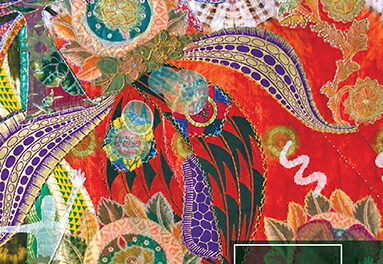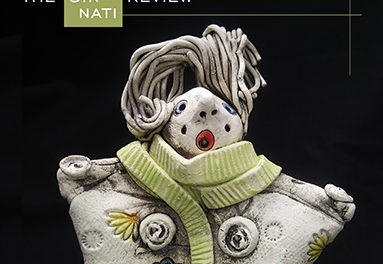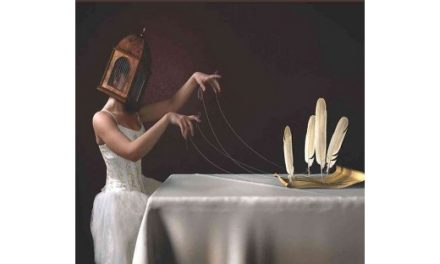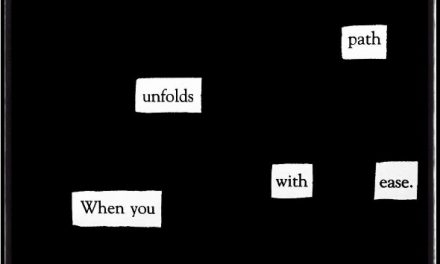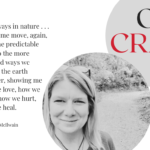 In the summer of 2004 I spent a couple of weeks, as I regularly do, with Byron at the house in Solliès-Toucas where Richard lived for the last thirty-five years of his life, and we availed ourselves, as we regularly do also, of the nearly inexhaustible riches of the cellar Richard left behind. It may have been on successive evenings—or perhaps not, I don’t recall—that we chose to drink with dinner on one occasion a 1952 Chateau Latour, on the other a 1987 Chateau Lafite-Rothschild. Individually they were great bottles; taken together they provided an astonishing experience. With fifty years of age on it, and thirty-five years older than the Lafite, the Latour was only then coming to its full maturity, with many years still to go—I should say another fifty at least—before any falling off from greatness. Of a deep, rich red in color—not the “raw purple-red” (as Richard one place puts it) of extreme youth but to the eye not old by any means either—it was most remarkable for the firmness of its structure, determined by the still prominent tannins, and for the depth and complexity of its flavor and its lasting power on the tongue. Now I should remark that this slow aging is characteristic of Latours in general and of the 1952s in particular, so there was nothing unusual in its easily holding its own for fifty years and well beyond. What was much more surprising was the Lafite which, though thirty-five years younger than the Latour, was to every one of the senses of wine-drinking—sight, smell, and taste—already an old wine, even extremely old, but a very great wine nevertheless and, as Richard would say, heartbreakingly beautiful. In color it was tinged with brown, and even that was beginning to thin out; its aroma was exquisite but not long-lasting, and its taste was likewise super-subtle, lovely but fleeting on the tongue. We drank the bottle just in time, for as wine it was not much longer for this world. It rather reminded me of what Yeats was told by some of his mystical brotherhood: that if you burned a rose and put its ashes in a bell-jar in the light of a full moon you could see the ghost of the rose in all its beauty rising from the ashes. It had not gone this far with the Lafite but a large part of its ghostly greatness and beauty no doubt lay not in any Latour-like robustness but precisely in its fragility, its fleetingness, its—to adopt another term from Richard—fugacious loveliness (my computer flags “fugacious” as unacceptable; all I can say in response is tant pis). It was, in fact, the experience of drinking these two wines in close proximity to one another, and especially the experience of the Lafite, with the portrait of Mlle. Marty seated before the open French window constantly on view inside the house in Solliès, that determined me to write the present essay.
In the summer of 2004 I spent a couple of weeks, as I regularly do, with Byron at the house in Solliès-Toucas where Richard lived for the last thirty-five years of his life, and we availed ourselves, as we regularly do also, of the nearly inexhaustible riches of the cellar Richard left behind. It may have been on successive evenings—or perhaps not, I don’t recall—that we chose to drink with dinner on one occasion a 1952 Chateau Latour, on the other a 1987 Chateau Lafite-Rothschild. Individually they were great bottles; taken together they provided an astonishing experience. With fifty years of age on it, and thirty-five years older than the Lafite, the Latour was only then coming to its full maturity, with many years still to go—I should say another fifty at least—before any falling off from greatness. Of a deep, rich red in color—not the “raw purple-red” (as Richard one place puts it) of extreme youth but to the eye not old by any means either—it was most remarkable for the firmness of its structure, determined by the still prominent tannins, and for the depth and complexity of its flavor and its lasting power on the tongue. Now I should remark that this slow aging is characteristic of Latours in general and of the 1952s in particular, so there was nothing unusual in its easily holding its own for fifty years and well beyond. What was much more surprising was the Lafite which, though thirty-five years younger than the Latour, was to every one of the senses of wine-drinking—sight, smell, and taste—already an old wine, even extremely old, but a very great wine nevertheless and, as Richard would say, heartbreakingly beautiful. In color it was tinged with brown, and even that was beginning to thin out; its aroma was exquisite but not long-lasting, and its taste was likewise super-subtle, lovely but fleeting on the tongue. We drank the bottle just in time, for as wine it was not much longer for this world. It rather reminded me of what Yeats was told by some of his mystical brotherhood: that if you burned a rose and put its ashes in a bell-jar in the light of a full moon you could see the ghost of the rose in all its beauty rising from the ashes. It had not gone this far with the Lafite but a large part of its ghostly greatness and beauty no doubt lay not in any Latour-like robustness but precisely in its fragility, its fleetingness, its—to adopt another term from Richard—fugacious loveliness (my computer flags “fugacious” as unacceptable; all I can say in response is tant pis). It was, in fact, the experience of drinking these two wines in close proximity to one another, and especially the experience of the Lafite, with the portrait of Mlle. Marty seated before the open French window constantly on view inside the house in Solliès, that determined me to write the present essay.
Remembering James Olney

From his essay “Remembering Richard Remembering Mlle. Marty” (volume 3, number 1; summer 2006)


